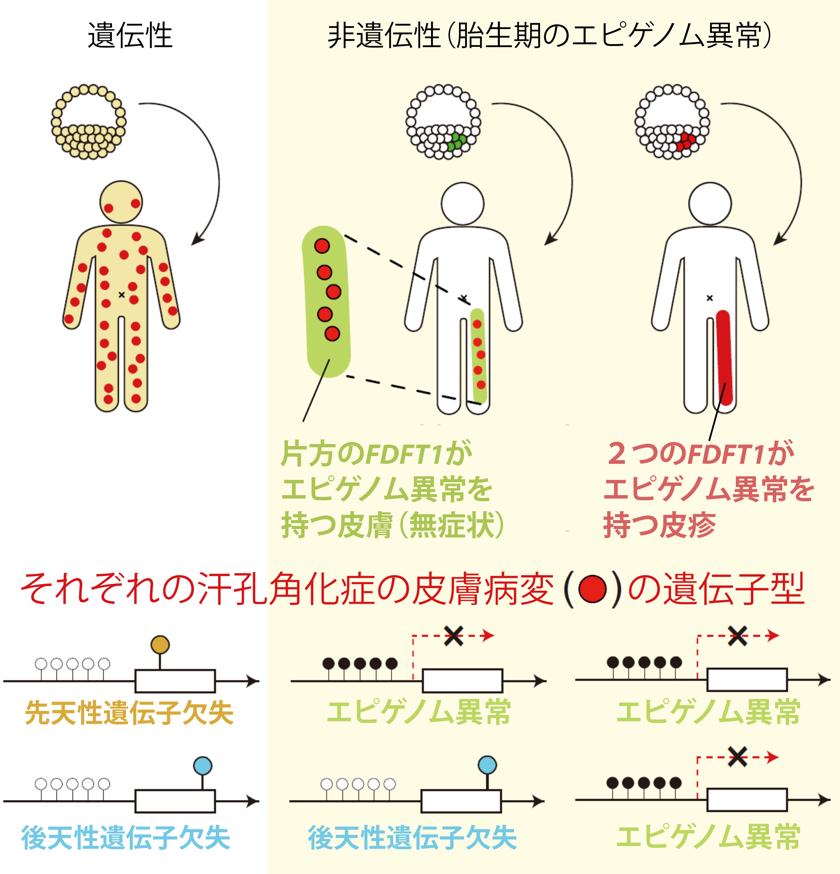2024-04-23 ジョージア工科大学
<関連情報>
- https://research.gatech.edu/new-electron-videography-technique-captures-dance-between-proteins-and-lipids
- https://news.illinois.edu/view/6367/34729291
- https://www.science.org/doi/10.1126/sciadv.adk0217
脂質タンパク質の挙動の電子ビデオ撮影 Electron videography of a lipid–protein tango
JOHN W. SMITH, LAUREN N. CARNEVALE, ADITI DAS, AND QIAN CHEN
Science Advances Published:17 Apr 2024
DOI:https://doi.org/10.1126/sciadv.adk0217

Abstract
Biological phenomena, from enzymatic catalysis to synaptic transmission, originate in the structural transformations of biomolecules and biomolecular assemblies in liquid water. However, directly imaging these nanoscopic dynamics without probes or labels has been a fundamental methodological challenge. Here, we developed an approach for “electron videography”—combining liquid phase electron microscopy with molecular modeling—with which we filmed the nanoscale structural fluctuations of individual, suspended, and unlabeled membrane protein nanodiscs in liquid. Systematic comparisons with biochemical data and simulation indicate the graphene encapsulation involved can afford sufficiently reduced effects of the illuminating electron beam for these observations to yield quantitative fingerprints of nanoscale lipid–protein interactions. Our results suggest that lipid–protein interactions delineate dynamically modified membrane domains across unexpectedly long ranges. Moreover, they contribute to the molecular mechanics of the nanodisc as a whole in a manner specific to the protein within. Overall, this work illustrates an experimental approach to film, quantify, and understand biomolecular dynamics at the nanometer scale.


